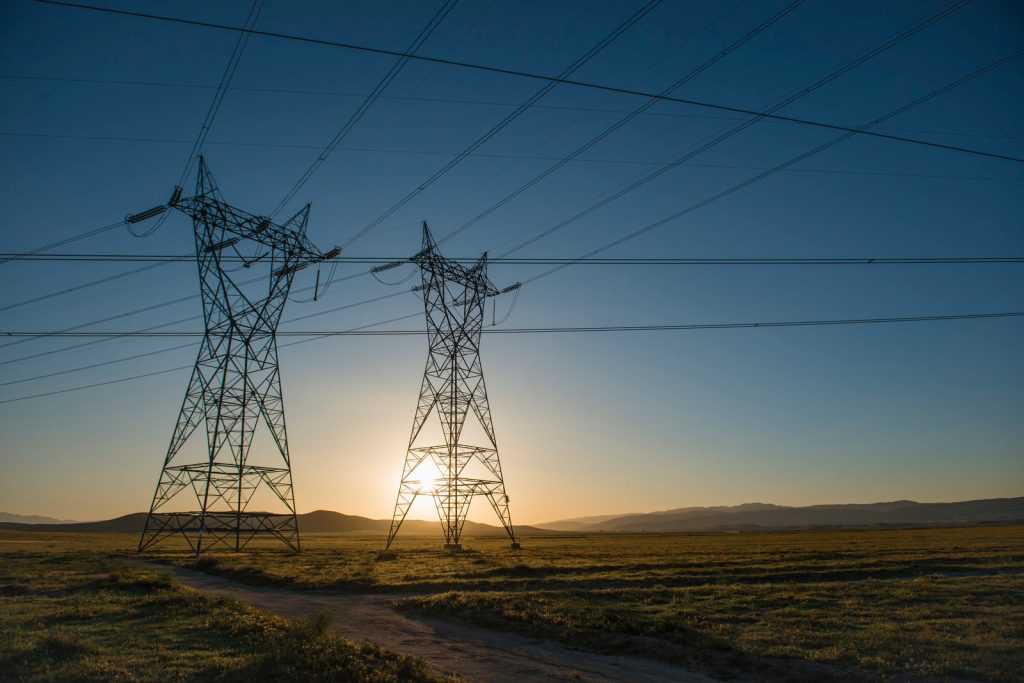Tungsten trisulfide. It sounds like something straight out of Tony Stark’s fictional lab, but fortunately for the future of grid-scale energy storage, it’s very real.
As described in a recent paper published in ACS Nano, researchers in Andre Taylor’s lab at Yale University, led by NatureNet Science Fellow Won-Hee Ryu, are the first to report the synthesis of tungsten trisulfide as a potential electrode for sodium-ion batteries.
This is an important breakthrough because it’s another step toward finding a viable replacement for the lithium-ion batteries that are currently in wide use because of their high capacity and ability to store energy through many recharge cycles. But, because lithium is expensive and scarce (and getting scarcer), it is impractical for grid-scale energy storage needs.
That’s a problem. Because if the world is going to limit greenhouse gas emissions, we really need to develop ways to store clean energy produced from wind and solar at larger and larger scales.
From Lithium to Sodium: Making the Transition
Enter sodium, which interests scientists because it is both widely available and inexpensive enough to be used in the amounts necessary for grid-scale energy storage. The main challenge to sodium-ion batteries has been increasing their storage capacity and ability to recharge efficiently over many cycles.
Because electrode materials (like graphite and silicon) used in lithium-ion batteries aren’t as efficient or effective in sodium-ion batteries, researchers have been looking for other possibilities. Ryu and his colleagues decided to experiment with tungsten sulfides at the nanoscale. To prevent the material from corroding, scientists oxidized it with a relatively simple electrospinning method that created what they have called “a protective surface to improve capacity and structural stability.”
And it worked. The tungsten trisulfide provided excellent discharge, less loss of capacity, and improved performance over 100 cycles (compared to pure sulfide electrodes).
An Accident in the Lab
And, in a twist worthy of one of Tony Stark’s experiments, the electrospinning process resulted in an unexpected bonus when it created hierarchical nanofibers, which researchers compared to a “thorn-bush” because of the way the long and continuous nanofibers connected to each other like thorns connect to a branch.

The creation of the thorn-bush nanofiber structure was a happy accident for two primary reasons: (1) the nanofibers create more surface area, which allows more reaction sites for the sodium ions; and (2), the electrospinning method they used is relatively simple compared to typical processes for creating such hierarchical nanofibers, which require additional and complicated procedures.
Of course, there is still much work to be done and this kind of research and development — the ability and the support to experiment and see what might work is a hallmark of the NatureNet Science Fellows program. As scientists look to increasing lithium shortages and the world tries to shift to carbon-neutral energy sources, efficient, cost-effective ways to store energy from solar and wind on the world’s power grids are the necessary foundation for a future reliably powered by clean energy.
NatureNet Science Fellow Won-Hee Ryu completed his NatureNet Science Fellowship at Yale University in 2016, and is now an assistant professor of chemical and biological engineering at Sookmyung Women’s University in Seoul, South Korea.




If you lived any where near these horrific wind farms, you might not be as enthusiastic about their future. I think their days are numbered. They contribute very little to our energy production, cause the grid to be more unstable and increase our electric costs. I hope the better battery research works out, but monstrous 500 foot wind turbines with flashing red lights, and all the rest of their side effects are not the answer.
as the public becomes more aware of alternative energy solutions, hope you will look into FREE ENERGY FROM THE VACUUM, the Tom Bearden website link ‘cheniere.org’ explains this simple inexpensive solution, and others (which have been supressed, and had patents stolen by our government), to add to our arsenal of saving this planet
many thanks
Thanks, Cara for writing the article!!